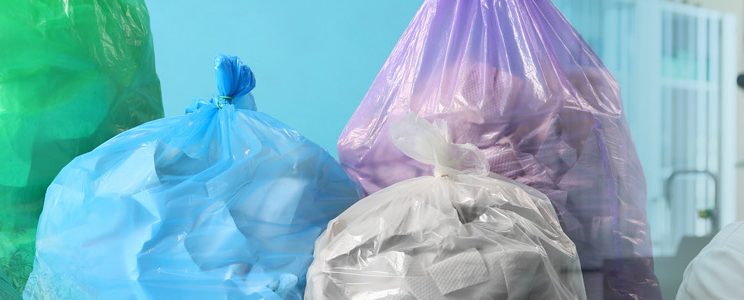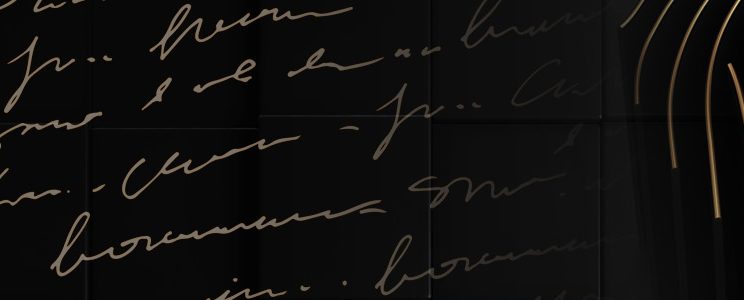Original Release Date: October 13, 2023
In episode two of our Case Studies season, Just Science sat down with Crime Scene Technician Brian Turner and Detective Roberto Caceres from the Broward County Sheriff’s Office to discuss a new methodology for processing fired cartridge cases.
When a cartridge case is recovered from a crime scene, investigators must typically decide whether to swab it for DNA or process it for latent prints. The Broward County Sheriff’s Office has developed a promising new technique that involves processing a cartridge case for both DNA and fingerprints, leading to more evidence available in shooting cases. Listen along as Brian and Detective Caceres describe what factors affect recovery of evidence on cartridge cases, how the M-VAC and the Recover LFT system are utilized in tandem to process for DNA and fingerprints, and case examples highlighting the success of this new method.
This episode is funded by the National Institute of Justice’s Forensic Technology Center of Excellence (Award No. 15PNIJ-21-GK-02192-MUMU).
Some content in this podcast may be considered sensitive and may evoke emotional responses, or may not be appropriate for younger audiences.
View or download the episode transcript here:
Transcript
Episode Citation
McKay, J., Turner, B., & Caceres, R. (2023, October 13). Just Science. Just Collecting More Evidence from Cartridge Cases. [Audio podcast episode]. The Forensic Technology Center of Excellence. https://forensiccoe.org/podcast-2023-case-studies-ep2/
Guest Biography
Brian Turner is currently a Crime Scene Technician for the Broward County Sheriff’s Office. Brian holds certifications from the International Association for Identification (IAI) as a Crime Scene Investigator and Tenprint Examiner. He holds a Bachelor of Science degree in Biology from Ramapo College of New Jersey and a Master of Science degree in Forensic Science from the University of New Haven. He is currently enrolled in the Doctor of Forensic Science program at Oklahoma State University with anticipated completion in December 2025. In addition to being a Crime Scene Technician, Brian is an Adjunct Professor at Broward College, teaching both the Introduction to Criminalistics and the Advanced Forensic Investigations courses. He is also an instructor with Tri-Tech Forensics, teaching a variety of classes and webinars related to Tenprints. Brian serves as a member of the Tenprint Identification Science and Practice Subcommittee for the IAI and the Crime Scene Subcommittee for the Florida Division of the IAI.
Roberto Caceres has been a Deputy Sheriff for the Broward Sheriff's Office for 21 years. He started his law enforcement career in the Broward County Police Academy in November 2002 and then as a Road Patrol Deputy in May 2003. In May 2008, he was transferred to the Broward Sheriff’s Office Crime Scene Unit as a forensic investigator. After being involved in over 1,300 death and shooting related cases, and approximately 180 homicides, Roberto has gained the knowledge and experience to lead and instruct forensic investigators on how to properly document a scene and/or victim. He has been a Field Training Detective since 2014 and since then has also been involved in the full year long training of five Detectives and one Technician. In 2018, he was assigned as the Lead Field Training Detective in the unit to oversee the training and development of new detectives. In August 2015, Roberto was selected by the U.S. Department of Defense to travel to Kingston, Jamaica to teach an introductory Shooting Reconstruction course to the Independent Commission of Investigations (INDECOM), the Jamaican state agency responsible for use of force investigations of their multiple law enforcement agencies. In January 2017, Roberto took a leadership role in the Broward Sheriff's Office Crime Scene Unit’s portion of the Fort Lauderdale/Hollywood Airport mass shooting investigation. He led 12 Forensic Detectives with various on-scene investigative tasks in collaboration with various agencies such as the FBI and ATF. In February 2018, he was also tasked as one of the lead forensic investigators during the Marjory Stoneman Douglas High School mass shooting. His leadership role in conjunction with the on-scene supervisors allowed Roberto to coordinate, task, and take command of various forensic investigators from within his unit and various agencies. In October 2018, he was awarded “Detective of the Year” from the Broward County Crime Commission for his exemplary service in the field of forensics. He became an Adjunct Instructor for the Police Academy section of Broward College teaching the State of Florida crime scene curriculum to police recruits and service aides. In November 2022, he was elected as the Region 5 Director for Florida Division of the International Association for Identification whose responsibilities were to create and organize training for Broward, Miami-Dade, and Monroe Counties in Florida. Roberto earned his bachelor's degree in criminal justice from Florida Atlantic University in January 2006.
The opinions, findings, and conclusions or recommendations expressed in this podcast episode are those of the presenter(s) and do not necessarily reflect those of the U.S. Department of Justice.
Contact us at ForensicCOE@rti.org with any questions and subscribe to our newsletter for notifications.




